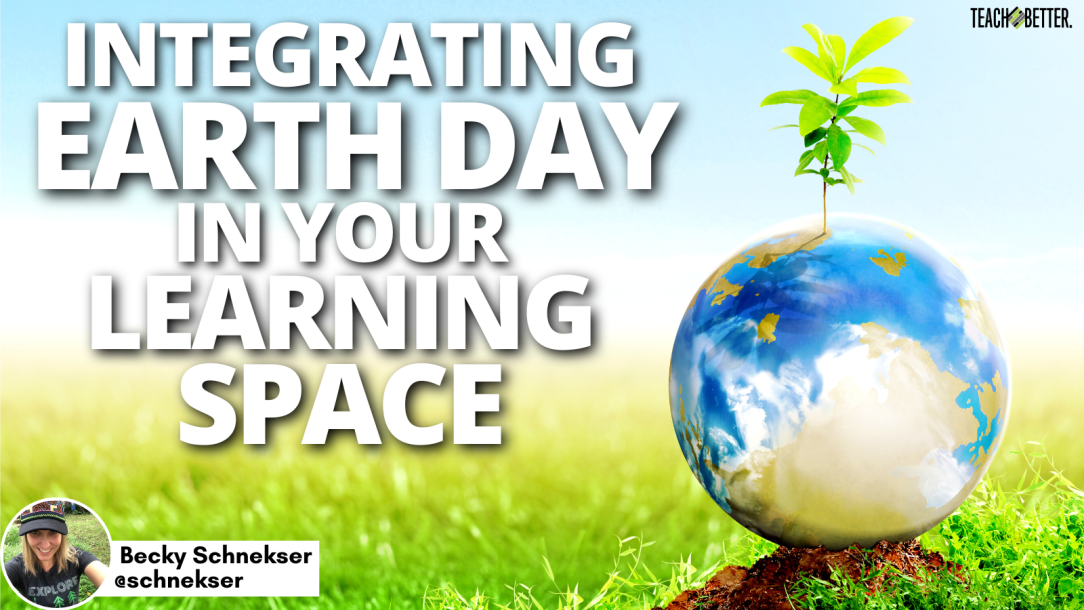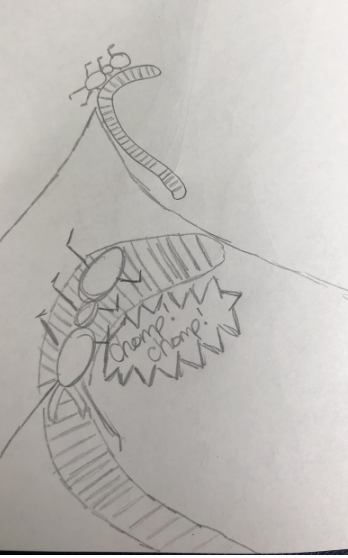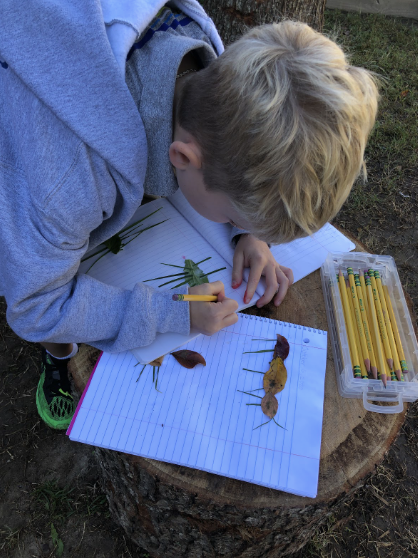TL;DR:
- For learners to connect with their environment, create time to be outdoors to develop care and concern for our Earth.
- Integrate Earth Day with nature journaling, diagramming and modeling with nature materials, engineering, design thinking, STEM or STEAM challenges, scavenger hunts, and nature walks.
- These ideas can be integrated anytime, not just for Earth Day!
Earth Day is the perfect time to connect to our planet, the outdoors, and our unique place. Earth Day can inspire your learners. It doesn’t matter if you teach one subject or multiple, elementary or higher ed, rural, urban, or at a local discovery center.
The first Earth Day was celebrated on April 22, 1970. It was meant to bring awareness about environmental issues across the United States empowering communities to take action locally. Each community approached this idea differently, and as a result, many environmental protection policies were set. Protection and stewardship of the environment gained traction nationwide. If you are ready to take big actions like an environmental stewardship day, facilitating a campus clean up, etc., go for it, but chances are you might be looking for a more bite-sized idea.
For me, environmental stewardship and empowerment of learners begin with care, concern, and connection to our local places and spaces.
To do this, I start small.
I intentionally plan smaller ways for my learners to connect with their environment, whether through a detailed activity plan or just creating time in the day to be outdoors on our campus.
I might even take some nonfiction text about Earth Day or ways to be sustainable (think: reduce, reuse, recycle) and integrate them into my literature block. Maybe we sort the trash and recycling in our classroom, collect and graph the data; perhaps even take this a step further and discuss what we might want to change based on our data. Are we getting rid of a lot of paper? Did we accidentally put non-recyclable materials in the recycling bin? Does our campus recycle? So many questions and ways to dig a little deeper into the theme of Earth Day.
Still trying to figure out where to start? No worries, I have a few ideas to help launch your Earth Day integration, whether you want to dedicate a whole day, one class, or inspire the remainder of your school year.
For me, environmental stewardship and empowerment of learners begin with care, concern, and connection to our local places and spaces. To do this, I start small. Click To TweetNature Journaling
This can take on many different forms, be taken in many directions, and serve many instructional purposes. For my learners, this is sometimes directed by a specific topic or observation I would like my learners to do and sometimes is left open-ended. This depends on my goal for the specific time. I have recently connected nature journaling to student social-emotional learning. We spend time in nature focusing on a word. It could be a feeling like “anxious” or descriptive “athletic” or anything in between. Using this word, learners then observe the nature around them and create a sketch integrating their natural surroundings and the word. In this example, you can see bird tracks, a mud puddle, vines with flowers, and flying insects connected to the word overwhelmed.
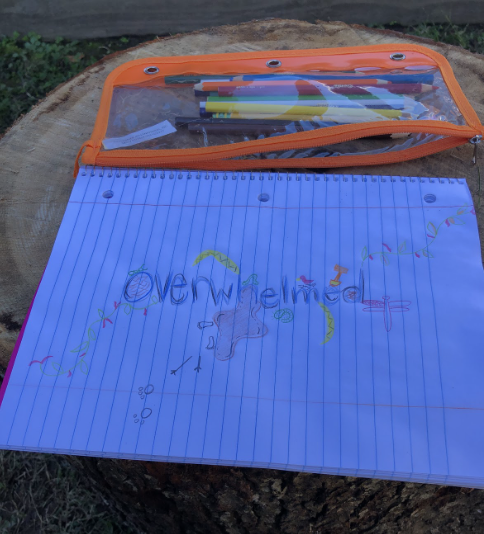
Other times, our nature journaling is directed to a specific topic or observation. For example, we might be focused on the classification and behaviors of insects, so the nature journaling prompt will be, “Sketch and write about an insect or insects you find.” Here is an example of a journal entry where the observer found an ant using its mouthparts to chop up a dead worm. Is there a better way to learn about this behavior than to observe, sketch, and allow curiosity to drive further questioning and investigation?
Diagramming and Modeling with Natural Materials
Do you use diagrams to model an idea, concept, or terminology? What if your learners were outside, using natural materials to build them rather than copying and drawing with you as the leader? Check out this learner building a model of an insect and arachnid with natural materials to demonstrate that they know the similarities and differences! After creating the diagram, they then label it by hand.
Engineering, Design Thinking, and STEM or STEAM Challenges
Do you ever incorporate these concepts in your classroom? What if we tied the challenge to the outdoors? I have a lot of plants in my laboratory (classroom) space that thrive outdoors in warmer months but need to be inside or in a greenhouse for the colder months. While studying plant classification and adaptations, I wanted my learners to create greenhouses for some plants so we could keep them outdoors year-round.
To complete this challenge, they needed to measure area, perimeter, and volume to design, build, test, and modify their greenhouse ideas. They would soon see perfect integration of math concepts with their general education teachers as well as a real problem to solve. These are currently set up in our outdoor space, being tested by changing weather and wind!
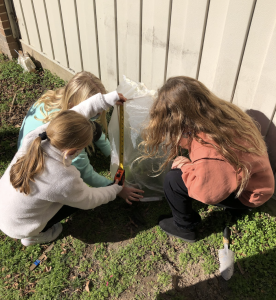

Scavenger Hunts and Nature Walks
Scavenger hunts and nature walks are great ways to infuse kinesthetic activity, learning, and observation skills. Think about ways your students connect their content to the outdoors. Shapes, colors, letters, and textures are all great starting points for a scavenger hunt or a walk together outdoors.
- How many different shapes (2D or 3D) can you find?
- How many different colors can you find?
- Are letters or numbers found in nature?
- What do you smell? Feel? Hear?
You can even map out what you find along the way and just track what you find. Geography and a sense of place are easily integrated into outdoor learning, especially with scavenger hunts and walks.
Taking these ideas further, what shapes, colors, textures, smells, and sounds, did you not observe on the scavenger hunt or walk? Why do you think that is? Where could we observe those missing pieces? Critical thinking also becomes an immersive experience as we question our observations in this way.
Do you want to connect to your place and space but are having a difficult time fitting it into your content? That’s okay too. What about enjoying lunch or snack time outside? Could you host reading groups outdoors? Maybe you could do independent reading outdoors or use sticks to write out the word study list?
Looking for more resources?
Check out www.outdooreducationcollective.com for some inspiration!
About Becky Schnekser
Becky is an educator explorer with experience in PK-5, public and private, all subject areas. Currently, she prides herself on teaching field and expedition-style science to K-5 explorers in Virginia. Her passion resides in authentic experiences to educate learners of all ages and all subject areas. When not with young scientists in the field, she spends time around the world completing fieldwork with scientists in places like the Peruvian Amazon, Galapagos, and Iceland.


